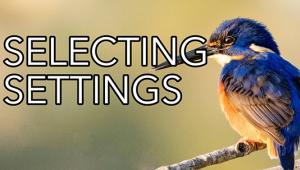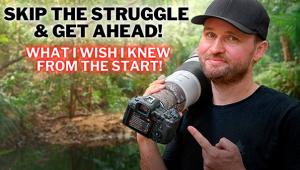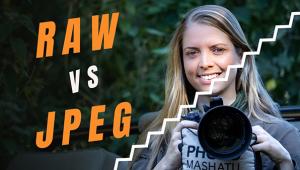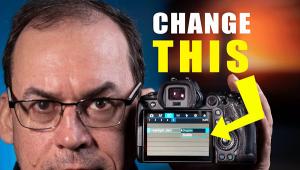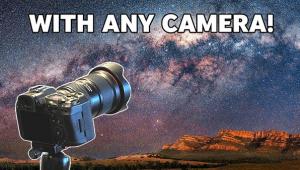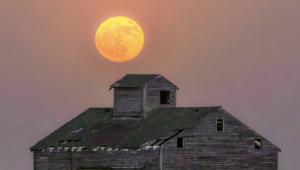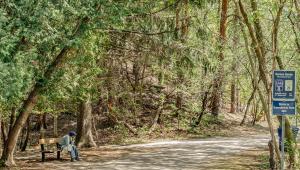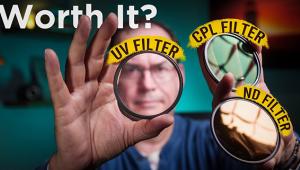How to Use ISO for Nature, Travel & Wildlife Photos (VIDEO)
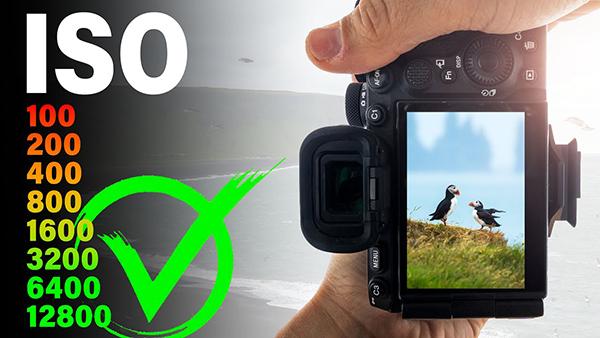
There are a bunch of misconceptions about ISO settings that can hold you back when shooting in the field. Some photographers always shoot at ISO 100 in attempt to avoid noise, while others choose the highest setting available to eliminate camera and subject movement when photographing motion.
This approach may yield average results in average situations, but that's not what we're after and there's much better way. In the tutorial below you'll learn how to "stop using the wrong ISO" and gain a full understanding of the best setting to use for the specific task at hand.
Instructor Mads Peer Iversen is a Danish landscape and wildlife photographer and a really good instructor who begins this episode episode with a statement that belies a premise of the Exposure Triangle: "ISO is a bit different from aperture and shutter speed as it does not influence the exposure of your photo."

If that doesn't sound quite right, it's all about context as Iversen explains how he and other pros use ISO to advantage when shooting different genres of photography. He begins with a quick primer on how ISO works and its relationship to aperture and shutter speed before delving into the finer points of the topic. Along the way he provides clear examples using images he shot on a recent trip to Iceland and Greenland.
Simply put, ISO refers to the sensitivity of your camera's sensor to light. Iversen interprets this concept to support the notion that ISO controls the brightness, not the exposure, of your photos. So according to his nomenclature, "When talking about exposure we're referring to the interplay between shutter speed and aperture—the only two settings that determine how much light hits your sensor." Now his view makes more sense.
He further explains that if the combination of your shutter speed and aperture can't deliver a properly lit photo under prevailing conditions, then you can raise ISO for an accurate exposure. Relevant circumstances include dim conditions, a desire to freeze subjects in motion, and the necessity of stopping down the lens for maximum depth of field. Another key consideration, according to Iversen, is "whether you're shooting with an ISO variant camera or an ISO invariant camera. He explains what this means and how it affects the settings you choose.

Iversen the uses examples of photos shot at high sensitivities to illustrate why the tradeoff between high ISO and noise has become less relevant thanks to recent developments in camera technology. At the same time, Adobe is revolutionizing denoising capabilities to make older cameras much more relevant.
Iversen wraps up the lesson with an explanation of how to get perfectly noise-free images when shooting at night. You can find more tips and tricking by visiting his popular YouTube channel.
On a related note, don't miss the earlier tutorial we posted with another pro explaining what to do if you're struggling with shooting good photographs at night.
- Log in or register to post comments



